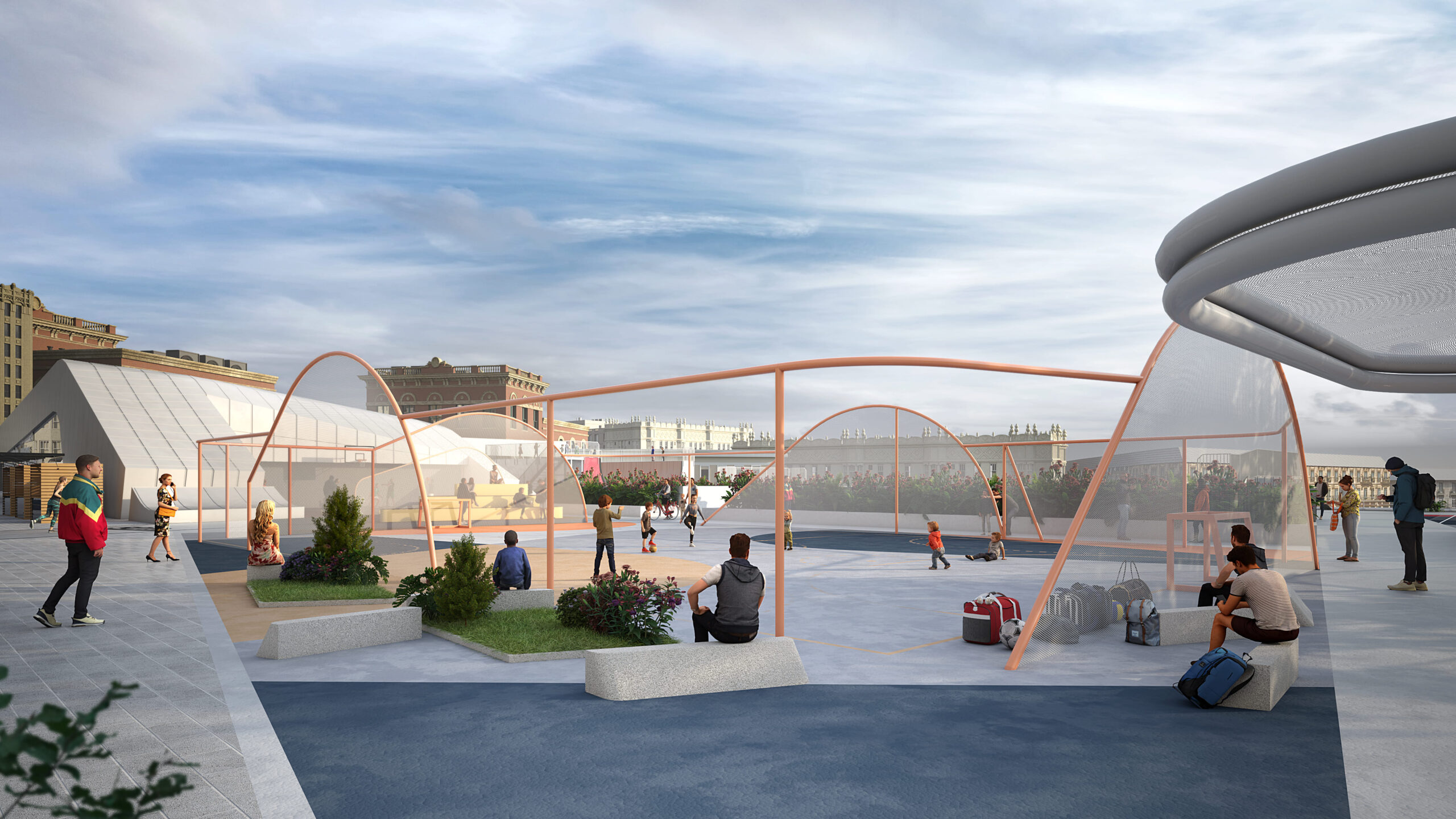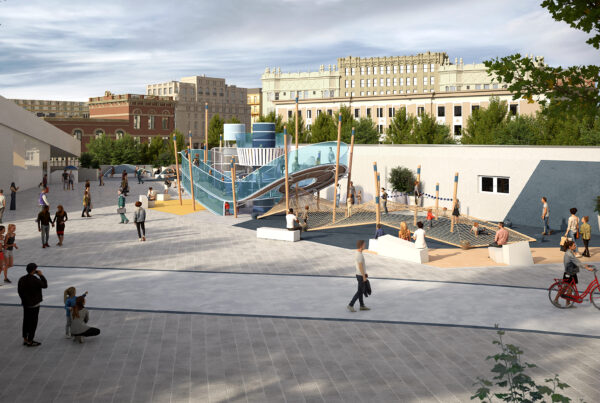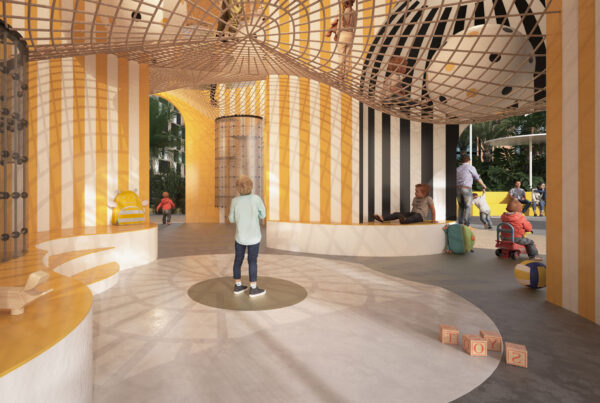Urban design is a critical aspect of shaping the environments in which we live, work, and play. It encompasses the arrangement, appearance and functionality of towns and cities, ensuring that they are both aesthetically pleasing and functional. From the layout of streets and public spaces to the integration of green areas and transportation systems, urban design plays a pivotal role in the quality of life for urban dwellers.
Defining urban design
Urban design encompasses the planning and mapping of urban areas, including cities, towns, streets and other landscapes. Urban designers craft blueprints for buildings, parks, transportation hubs, neighborhoods, and waterways, either enhancing existing spaces or creating new ones. These projects are often overseen by local governments to ensure they meet community needs and aesthetic standards.
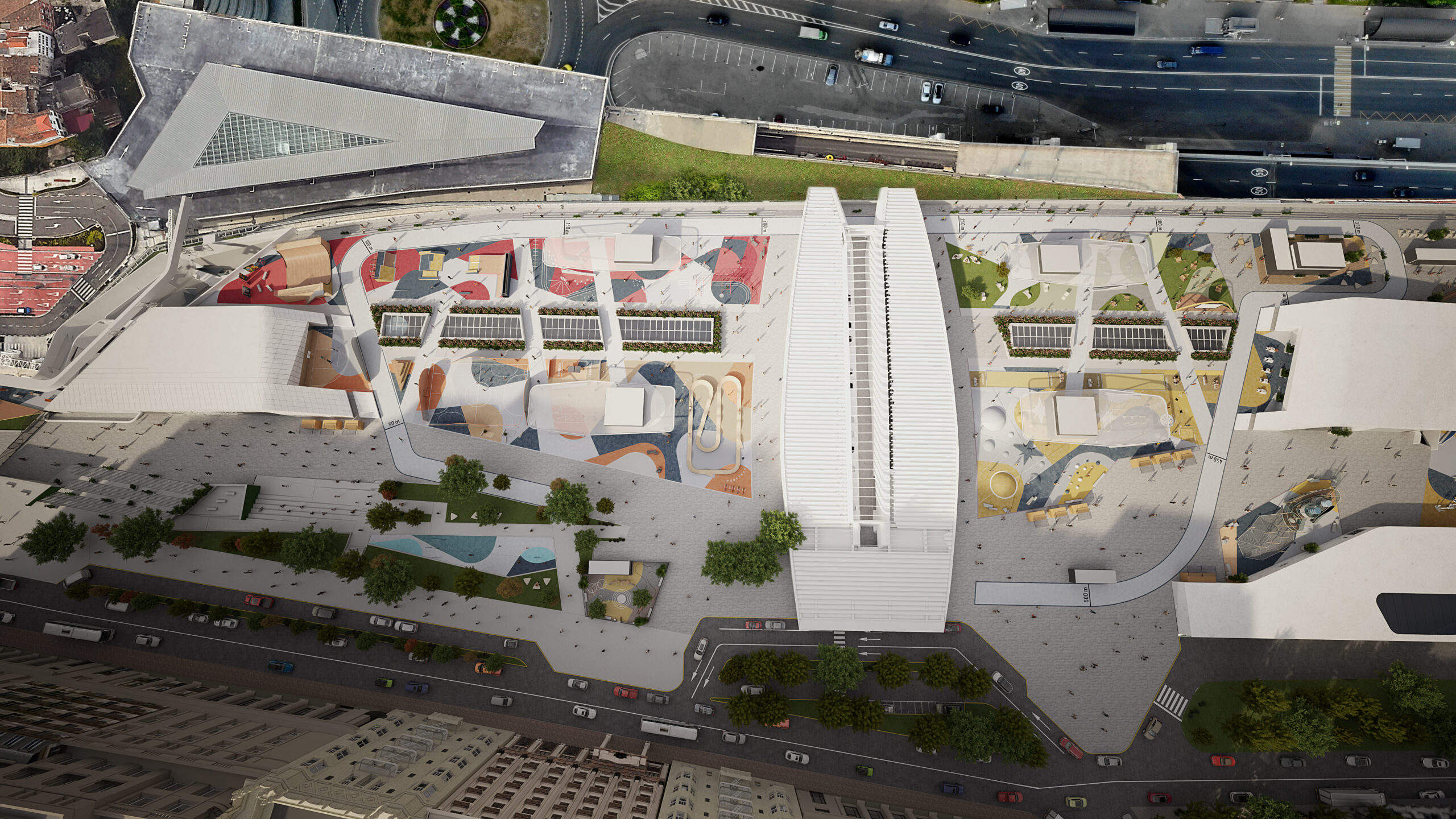
The importance of urban design
Urban design is vital as it facilitates the creation of livable and functional spaces. Governments and private entities hire urban designers to enhance public spaces such as housing and community centers. Effective urban design can significantly elevate the status and value of an area, potentially boosting the local economy, attracting tourism, and improving residents’ quality of life. Additionally, urban designers address traffic flow challenges for pedestrians, cyclists, and motorists.
Sustainability is another critical aspect of urban design. Urban designers promote eco-friendly architecture and technology, impacting a community’s environmental health positively. They also influence the social and cultural dynamics of a community by fostering engagement and communication among residents.
Why is urban design important?
1. Enhanced quality of life:
Thoughtful urban design improves the quality of life by creating spaces that are not only functional but also aesthetically pleasing. Well-designed public spaces, parks, and recreational areas provide residents with places to relax, exercise, and socialize.
2. Economic benefits:
Effective urban design can boost local economies by attracting businesses, tourists, and residents. Attractive and well-planned areas are more likely to draw investment and economic activities, leading to job creation and increased property values.
3. Sustainability:
Urban design plays a crucial role in promoting sustainability. By incorporating green spaces, efficient public transportation systems, and sustainable building practices, cities can reduce their environmental footprint and enhance resilience against climate change.
4. Community and social interaction:
Well-designed urban spaces encourage social interaction and community building. Public squares, parks, and pedestrian-friendly streets provide venues for social activities, cultural events, and community gatherings
5. Improved mobility:
Urban design focuses on creating efficient and accessible transportation networks. This includes pedestrian walkways, bike lanes, public transportation options, and road networks that reduce congestion and make it easier for people to move around the city.
Contact us and discover how we transform commercial spaces into places full of life and excitement!
Key elements of urban design
Public spaces:
Parks, plazas, and open spaces are vital components of urban design. They provide areas for relaxation, recreation, and social interaction, enhancing the livability of urban areas.
Green infrastructure:
Integrating green spaces and environmentally friendly practices, such as green roofs, rain gardens, and urban forests, helps to improve air quality, reduce urban heat islands, and manage stormwater.
Mixed-Use development:
Combining residential, commercial, and recreational uses within a single area promotes vibrant and dynamic neighborhoods. Mixed-use development reduces the need for long commutes and fosters a sense of community.
Transportation networks:
Effective urban design includes well-planned transportation systems that cater to various modes of transport, including walking, cycling, public transit, and cars. This helps to reduce traffic congestion and improve accessibility.
Architectural design:
The design of buildings and structures within an urban area contributes to its overall character and aesthetic appeal. Architectural design should complement the surrounding environment and reflect the cultural identity of the community.
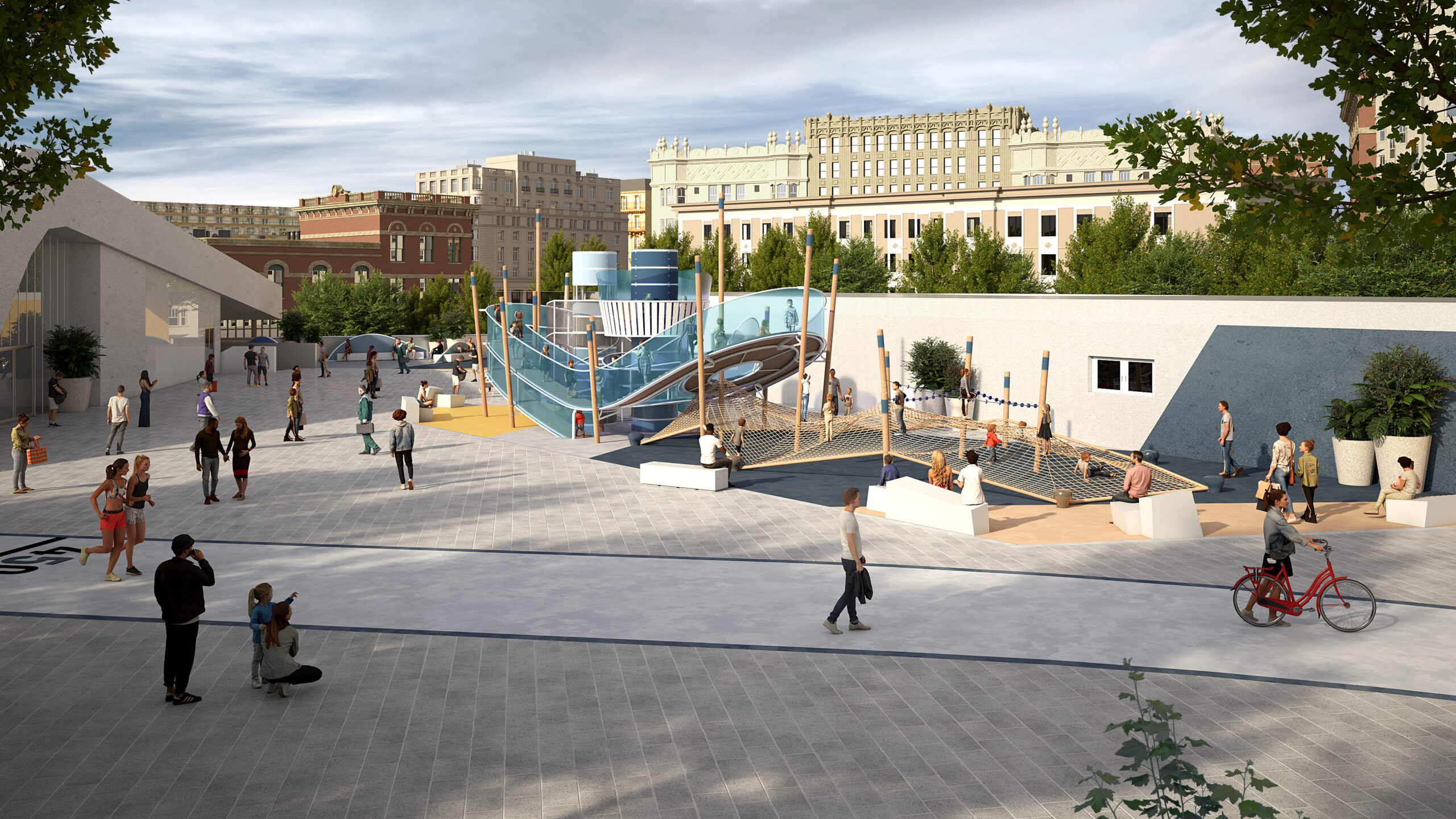
Challenges in urban design
Population growth:
Rapid urbanization and population growth put pressure on existing infrastructure and resources. Urban design must adapt to accommodate increasing populations without compromising quality of life.
Environmental concerns:
Urban areas are significant contributors to environmental degradation. Urban design must prioritize sustainability and resilience to mitigate the impacts of climate change and resource depletion.
Equity and inclusivity:
Ensuring that urban design benefits all residents, regardless of socio-economic status, is crucial. Inclusive design practices must address the needs of diverse populations and reduce disparities in access to resources and services.
Funding and resources:
Implementing effective urban design requires substantial investment. Securing funding and resources for large-scale urban projects can be challenging, particularly in developing regions.
Urban designer vs. urban planner
While both urban designers and urban planners work on modifying urban spaces, their roles differ. Urban planners ensure projects comply with local and federal regulations, focusing on safety and legality. Urban designers aim to enhance the user experience and aesthetic appeal of spaces, focusing on the project’s goals and visual impact.
As cities continue to grow and evolve, the importance of urban design will only increase. By prioritizing sustainability, inclusivity, and community engagement, urban design can shape the cities of tomorrow into better places to live, work, and play.


